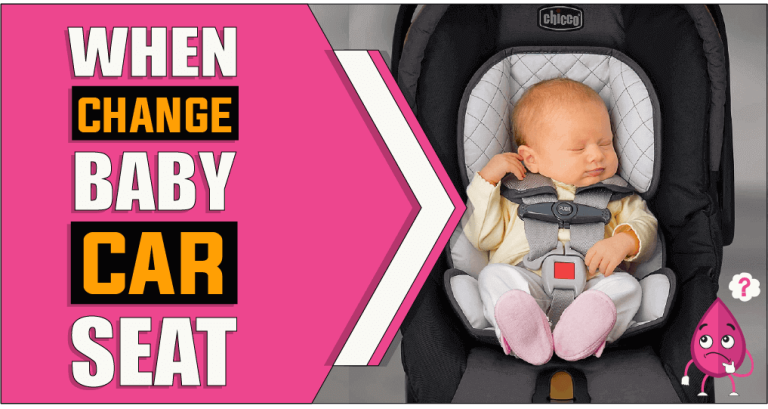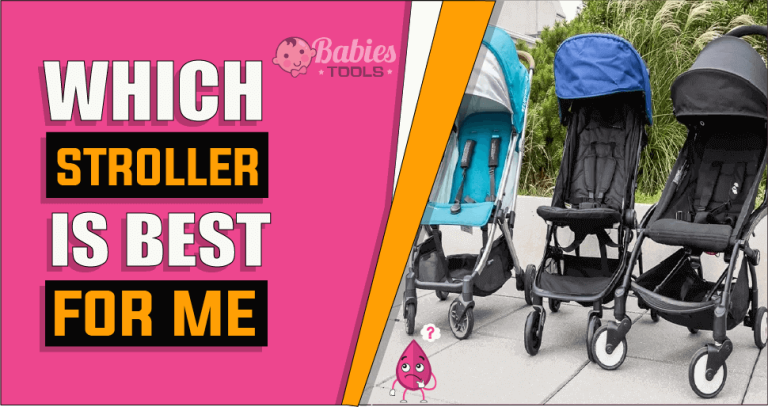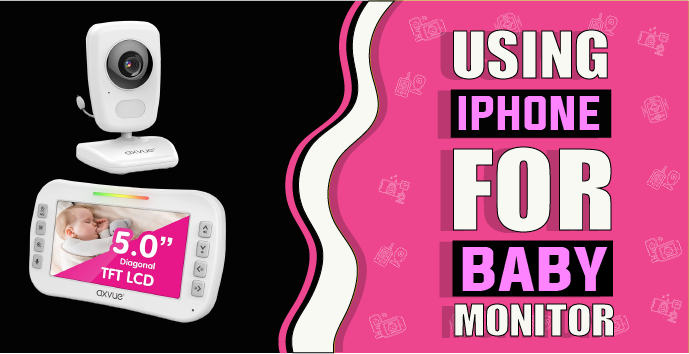How To Fit A Baby Car Seat – The Truth Reveals
As a parent, you want to ensure your baby is safe and secure when driving. And as new parents, you might feel uncertain about correctly fitting a baby car seat. Don’t worry—you are not alone! Having a baby is a fantastic experience, but it can be overwhelming with all the expensive equipment you need to purchase to keep your little one safe. When you’re expecting a new bundle of joy and stocking up on supplies for them, one of the essential items you’ll need to add to your list is a car seat — not just any car seat either — but one designed specifically for infants. But how do you ensure it’s installed adequately so your precious cargo will remain safe in an accident? It might sound intimidating but don’t worry! This blog post will provide detailed instructions on how to fit a baby car seat correctly and safely into your vehicle. Read on to learn more!

Let’s explore how to fit a baby car seat
When fitting a baby car seat, it’s essential to follow the manufacturer’s instructions and take extra care to ensure the seat is correctly fitted. Below are some steps you should take when fitting your baby’s car seat:
Step 1: Choose the Correct Car Seat –
The first step in fitting a baby car seat is ensuring you have the correct one for your baby. It is essential to choose a car seat suitable for your child’s weight and height and the type of vehicle you plan to use it. Your local health department or fire station can advise which car seat is best for your baby and vehicle.
Step 2: Read the Instructions Carefully –
Once you have chosen the correct car seat, be sure to read the instructions that come with it carefully before fitting it in your vehicle. It will help ensure that you fit it correctly and safely.
Step 3: Secure the Car Seat in Place –
The car seat should be secured using a lap-and-shoulder belt or a child safety seat tether. It’s vital to ensure that the belts or straps are tight and secure, as loose ones can reduce the car seat’s effectiveness in an accident.
Step 4: Position the Harness Straps Correctly –
Once you have secured the car seat, it’s vital to ensure the harness straps are correctly positioned. The straps should be at or below your child’s shoulders and come up between their legs. The straps should also be snug enough so that you can only fit two fingers between the straps and your child’s body.
Step 5: Adjust the Headrest –
If your car seat has an adjustable headrest, adjust it for your child’s height. It will ensure the seat is positioned correctly and provide optimal protection in an accident.
Following these steps will help you fit your baby’s car seat correctly and safely, protecting your child while traveling in the car.
How to choose the right baby car seat?
Choosing the right baby car seat for your little one is an important safety decision. As a parent, you should be aware of the different types of car seats available on the market and select one that meets your needs and your child’s size and developmental stage.
1. Pick a car seat that fits in your vehicle:
Before selecting a car seat, make sure it fits in your vehicle. The best way to determine this is to look for the “fit-to-vehicle” label on the side of the car seat or refer to the manufacturer’s instructions. You should also measure your vehicle’s backseat and compare it with the car seat’s dimensions to ensure it fits.
2. Consider your child’s age, weight, and height:
The type of car seat you need depends on your child’s age, weight, and height. Infants and toddlers should use a rear-facing car seat, while older children may require a forward-facing model or a booster seat. Make sure the car seat you choose offers adequate support for your child’s size and age.
3. Check the safety ratings:
Safety should be your top priority when choosing a car seat, so always check the safety ratings of any model you are considering. Look for seats certified by a recognized third-party testing organization such as the National Highway Traffic Safety Administration (NHTSA).
4. Look for features that make it easy to use correctly:
When selecting a car seat, consider features that make it easier to install and use correctly. Features like adjustable headrests, adjustable straps, and tether anchors can help ensure the car seat is properly secured in the vehicle.
5. Consider your budget:
Going for the most expensive car seat can be tempting, but it’s essential to consider your budget before deciding. Many good-quality car seats are available at affordable prices, so you should be able to find one that meets your needs and budget.
By taking the time to research and compare car seat models, you can ensure that you choose a safe and secure option for your child. Following these steps, you can choose the right baby car seat for your family.
How to use a baby car seat safely?
Using a baby car seat correctly is one of the most important things you can do to protect your child in an automobile. Car seats are designed to keep children safe during a crash and must be installed correctly and used properly. Here’s how to use a car seat safely:
1: Read the Instruction Manual:
The first step to using a car seat safely is to read the instruction manual. It will tell you all the details about how your model should be installed and used. For instance, some instructions might require using seat belts vs. LATCH (Lower Anchors and Tethers for Children) when attaching the car seat base to the back seat.
2: Install the Base:
Once you’ve read the manual, you can begin installing your car seat’s base. Depending on your type, you will use seat belts or LATCH. If using seat belts, make sure that you properly route them around the base and secure them tightly. If using LATCH, attach each anchor securely, and ensure all indicators are green.
3: Secure the Baby Seat:
Now it’s time to put your baby into their car seat. Ensure your child is buckled securely in the car seat with no slack in the straps. Check that the chest clip is at armpit level and secure. If the car seat has adjustable headrests or harnesses, adjust them for your child’s size and height.
4: Fasten the Seat Belts:
Now that everything is installed correctly, it’s time to fasten the car seat using either LATCH or a seat belt. Ensure that the car seat is firmly secured and there is no movement when you try to move it.
5: Install the Tether Strap:
Finally, if your car seat has a tether strap, attach it securely to the anchor in the back of the vehicle. It will help keep the top portion of the car seat secure during a crash.
These steps ensure your baby is safe and secure in their car seat. It’s essential to follow the instructions provided by the manufacturer and any local laws regarding child safety restraints. Additionally, you should check periodically to ensure your car seat is installed correctly and has not become loose over time.
Relevant Questions:
The correct way to install a car seat depends on the type and model of your vehicle. Following the instructions for your specific car seat and the car is the best approach for keeping your child safe while in the car. Contact a certified Child Passenger Safety Technician (CPST) specializing in car seat installation if you need assistance. They can help ensure that your car seat is correctly installed and used. Many fire stations offer free car seat installation clinics that can provide additional help.
To check if your baby car seat is installed correctly, use a Car Seat Check Finder. To find one in your area, contact your local police or fire department. It’s also important to read the manufacturer’s instructions and follow all safety guidelines when installing the car seat. If you have any questions or concerns about the installation, do not hesitate to contact a certified Child Passenger Safety Technician for assistance.
Generally speaking, you should switch from an infant car seat to a rear-facing convertible or all-in-one seat once your baby reaches the maximum weight allowed by the infant car seat manufacturer. Most infant car seats allow children up to 30 pounds in weight, but this can vary by model. Refer to your car seat manuals for specific information. Additionally, you should check the expiration date of your car seat. Car seats have a limited lifespan and need to be replaced accordingly. Finally, it’s important to remember that your child should remain rear-facing until they exceed their car seat’s weight limit or height restriction.
Conclusion Paragraph
Parents must know how to fit a baby car seat. It’s an easy process if you know what to look for in the right car seat, how to install it, and how to use it safely and securely. Hopefully, this article has been insightful as you consider purchasing and fitting your car seat. Ultimately, the best thing every parent can do is educate themselves on all things related to car seats and their own individual infant’s weight, size, and age—because keeping our babies safe on the roads starts with us! Be sure you feel confident in both the model of the car seat you buy and how you install it correctly in your vehicle before taking it out for a ride. So next time you buy your baby car seat, follow that guide step by step; Soon enough, your baby will have a ride with one happy smile!






